What I learned this Week: June 23, 2024
Who is the Taylor Swift of Nutrition?
Lessons of the Week
As the economy works to eliminate the healthcare cost of poor nutrition, there is no simple set of instructions to follow. There is an abundance of AgTech, FoodTech and HealthTech innovations touching a piece of the bigger equation. But each is driven by divergent signals (GLP-1 vs. sustainable fuels). If this were a large corporation, its R&D group would coordinate the various parts to fit a broader objective. But there is no Bell Labs of longevity or nutrition. The master architect is 350k years of human evolution encrypted in our DNA. Without a large R&D lab or a master plan, it comes down to early adopter customers as our guide. And up to capital providers to see the knowledge arbitrage and invest. We are assembling Food is Health from a pile of Lego blocks.
What I learned this week….
The most legitimate startup investor is a customer. Why don’t we have a tool like PitchBook to find early adopter customers?
Nutrient test assays, and many assays, measure a proxy attribute to estimate the target nutrient (i.e. protein). NIR and other spectroscopy are non-destruction and measure a wider array of orthogonal attributes. With the addition of AI, increasing correlations, expect an acceleration of valuable insights linking soil, crop genetics, bioavailability, nutrients, health, and longevity. And ultimately, affordable nutrition.
Intermittent fasting plus protein pacing (consuming protein at consistent intervals), may boost weight loss and gut health. Perhaps important to GLP-1 treatment and boost to Fairlife Core Power Elite.
If we can monitor crops for expression of nutritional qualities (Macro and Micro) during the growing season, we could dynamically modify inputs to modulate nutritional density in season or as a training set for the next season. (John Kempf)
Architectural Innovation: Vogue wasn’t replaced by a fashion media company, it was replaced by 10,000 influencers. Salesforce will not be replaced by another CRM. Clayton Christensen and Rebecca Henderson are both right.
Taylor Swift’s tour in the US generated $5 billion in consumer spending over 6 months. Who is the Taylor Swift of nutrition?
The net demand from the addition of New York to California’s Renewable Diesel standards, by some estimates, would consume the entire US production of soybeans.
United Airlines is using the 100k seat back video screens to micro-target consumers with advertising.
A plane uses 15%-20% of its fuel during takeoff
People who majored in Journalism in the 90’s have seen social media decimate their industry. What college majors will disappear with the Creative Destruction of AI?
When playing with Legos, some people follow the instructions precisely, and some do not. I never did.
Some Conclusions
Imperfect Knowledge: Do you wish you had invested in Amazon or NVIDIA sooner? Predicting the future is hard. But those who live within an ecosystem often know about the “New Thing” well before others. People who invested in Amazon in the late 90s and held the stock are pretty happy. So are those that did in 2010 or 2015. Looking back, that was not long ago.
If you read Jeff Bezos’s annual shareholder letters from the 90s forward, he clearly articulated the strategy that led to Amazon’s ultimate success. Many people gained from that information arbitrage.
The purpose of this weekly list of lessons learned is to reduce the friction to knowledge in early markets. First in Food is Health, but also more broadly in innovation generally. Ultimately, our thesis in this newsletter is that accessing the information arbitrage attracts capital, drives Creative Destruction, and improves our lives. Do you want more access to imperfect knowledge or less?
Early Adopters: The best startup investor is a customer. Early adopters reveal how a product really works. Early adopters modulate the entrepreneur’s product development to focus on the highest and most productive features. While we have deep databases cataloging data on startups, we do not have databases of early adopters. And we really have no knowledge graph of the dynamics between early adopters and entrepreneurs.
For several years, iSelect has been working on a project called Wilson to uncover the information flows within the early adopter/entrepreneur eco-system with the intent to expose imperfect knowledge. We probably should spin it out as an AI startup.
A step in our effort to uncover knowledge are a series of WhatsApp groups we formed to discuss Food is Health innovation. One of these groups is focused on connecting AgTech related startups with the Farm Gate. This weekend Michelle Tressel from MyAgdata pitched her company on Saturday morning. Leading to an engaging conversation with several farmers. Some saw the value of MyAgdata, and others had questions. In a period of 3 hours, with active back and forth, Michelle gathered months worth of product feedback, a few customers, and a few other cautious observers. The 100+ members of the group also captured an inside view of the discussion.
Let me know if you are an AgTech company wanting to pitch early adopter farm customers. If you are a farmer looking to adopt new technology or a startup, join the Farm Gate Early Adopters WhatsApp Group.
Latent Demand for Nutrition: Amoung the OECD the US spends the smallest portion of household income on groceries/restaurants. But the highest spend on healthcare.
The US also has the highest ratio of individual consumption relative to per Capita GDP. In economics, we think of the price elasticity of demand or the sensitivity of demand to price. CPGs think consumers want cheap food, but maybe the price elasticity of food is different if the market moves from calories to nutrtion. From food to health.
Today, food is optimized for cheap calories. The US consumer has more than enough financial capacity to alter food consumption demand if food offers a better value. Before the iPhone, we jumbled around web apps, phone calls, email, etc, to shop, plan travel, and communicate. The iPhone integrated that jumble into better communication. Not better cell phone calls, but better information flow. If AgTech, FoodTech, and HelathTech instead solve for longevity via affordable nutrition, there is more than enough money in the US economy for better food.
Some Data and Links
Intermittent fasting plus protein pacing may boost weight loss, gut health (MedicalNewsToday) - Protein pacing involves consuming protein at consistent intervals throughout the day, while intermittent fasting alternates periods of fasting and eating. Further work here may uncover more substance in support of the Cardio Insulin Model put forward by Ludwig. Also, look at Holobiome.
Biofortification versus diversification to fight micronutrient deficiencies: an interdisciplinary review (Link) - As we seek to improve nutrition density (macro and micro), the question becomes, do we do this in the core crop or as an additive in the food supply chain (i.e. fluoride and iodine). As CPGs take a beating from Ozempic/GLP-1 to deliver better food, they need to improve food science to optimize not just cost but also availability and nutrition. There is a lot of opportunity for startups in the food science space.
UK children shorter, fatter, and sicker amid poor diet and poverty (Guardian) - I can’t help but picture Piggy from Lord of the Flies when I read this headline. While we spend $1.9T on the healthcare cost of poor nutrition in the US, the global cost is $14T. It is not just what we eat, but also that we need fewer calories. Productivity and automation reduce caloric demands.
Unlocking regenerative agriculture’s potential with plant sap analysis (AgFunder) - If we can evaluate nutrition density (Macro and Micro) in a crop during the growing season, we could modify inputs during the growing season through UAVs or fertigation. Or leverage the data to alter the nutrition model for the next season. There is an opportunity here for companies like Edacious and Miraterra.
On Substack
To get a sense of where #FoodisHealth (and agtech) is going behind the scenes, I recommend you read Venky Ramachandran recent post. It illuminates what iSelect Fund is seeing assemble in the background between microbiome, crop genetics, bioactive, regenerative, and food science.
There will be a point where we can deterministically achieve endpoints (Six Sigma level output on a target level of protein, Omega 6, and a taste profile) from a recipe of inputs (Crop genetics, microbes, and farm practices). All with the ability to optimize for cost through a combination of agriculture, but also suplementation in bioactives and fortifications in later stages.
On LinkedIn
Where is the CRM of early adopters (LinkedIn)
AI Innovations
While we are distracted by the fear of Artificial General Intelligence, some of us just want help finding shit we lose. Will AI finally solve the lost sock conundrum?
This Weeks Charts
Are people leaving news outlets because we are more polarized or because other sources are better?




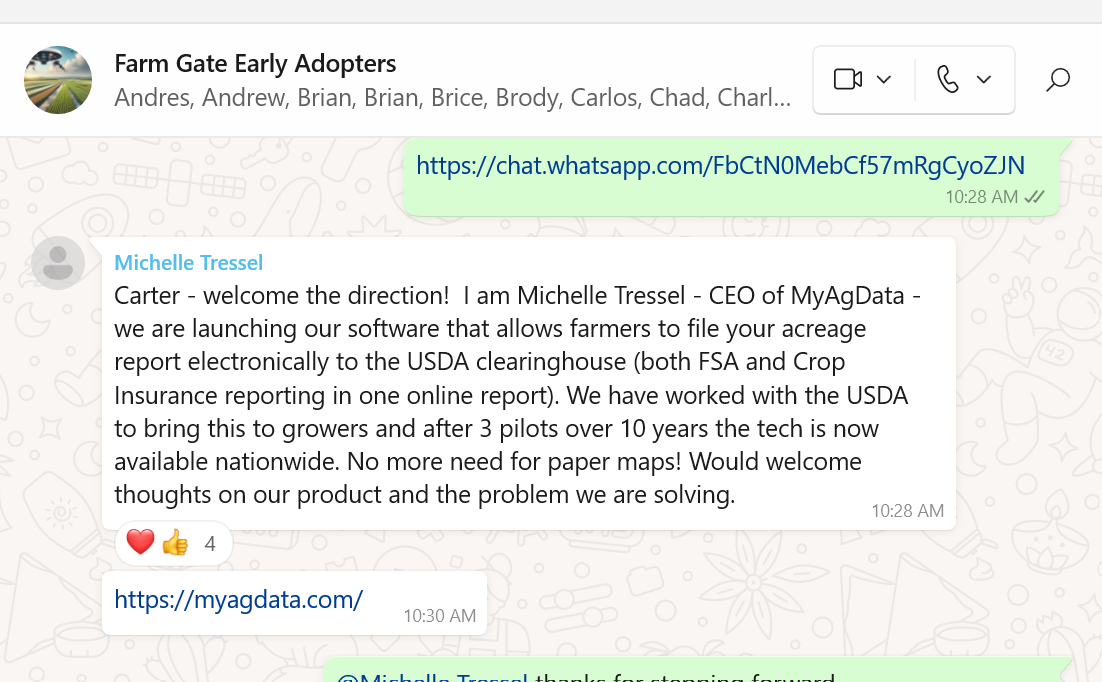
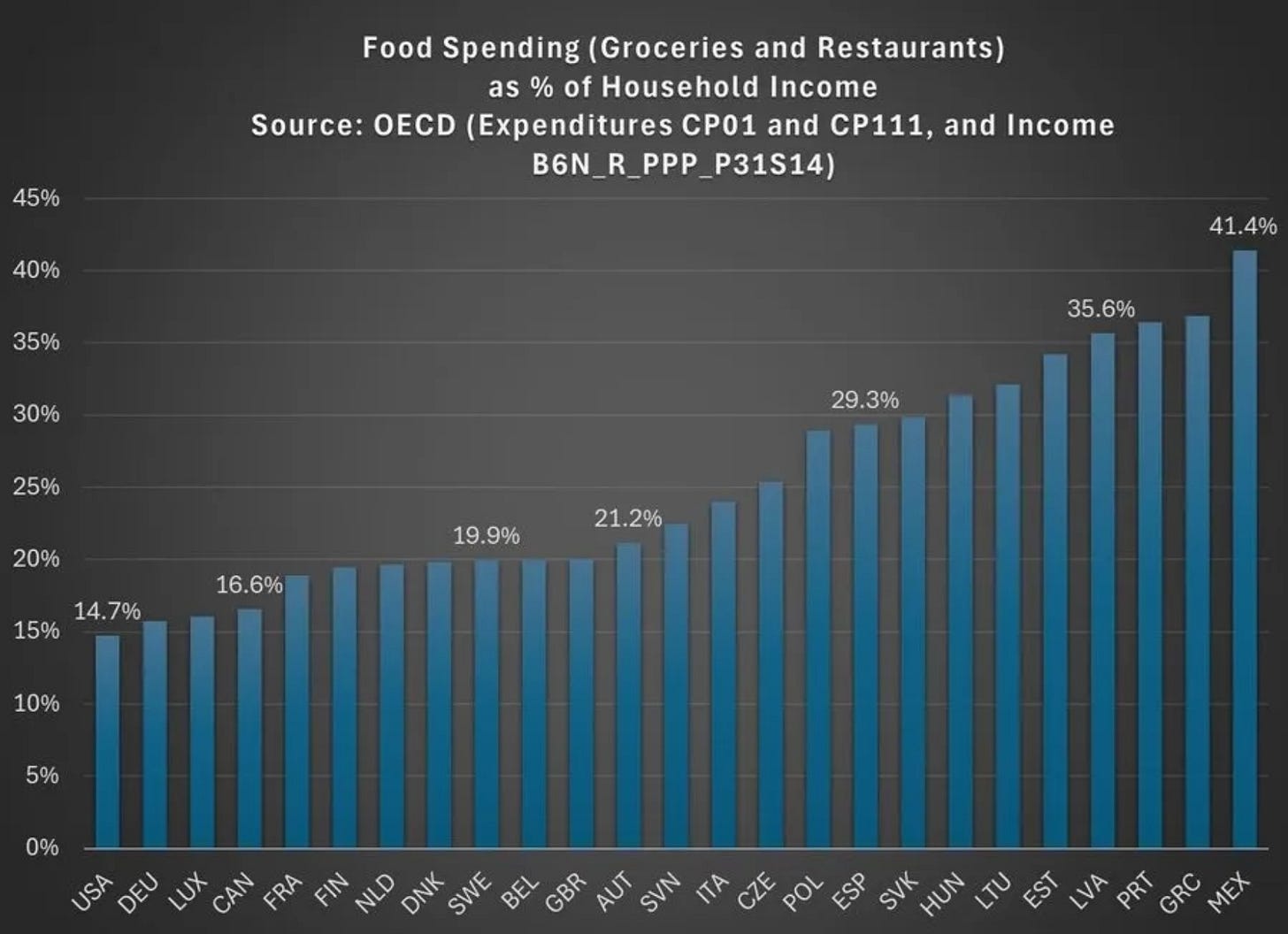


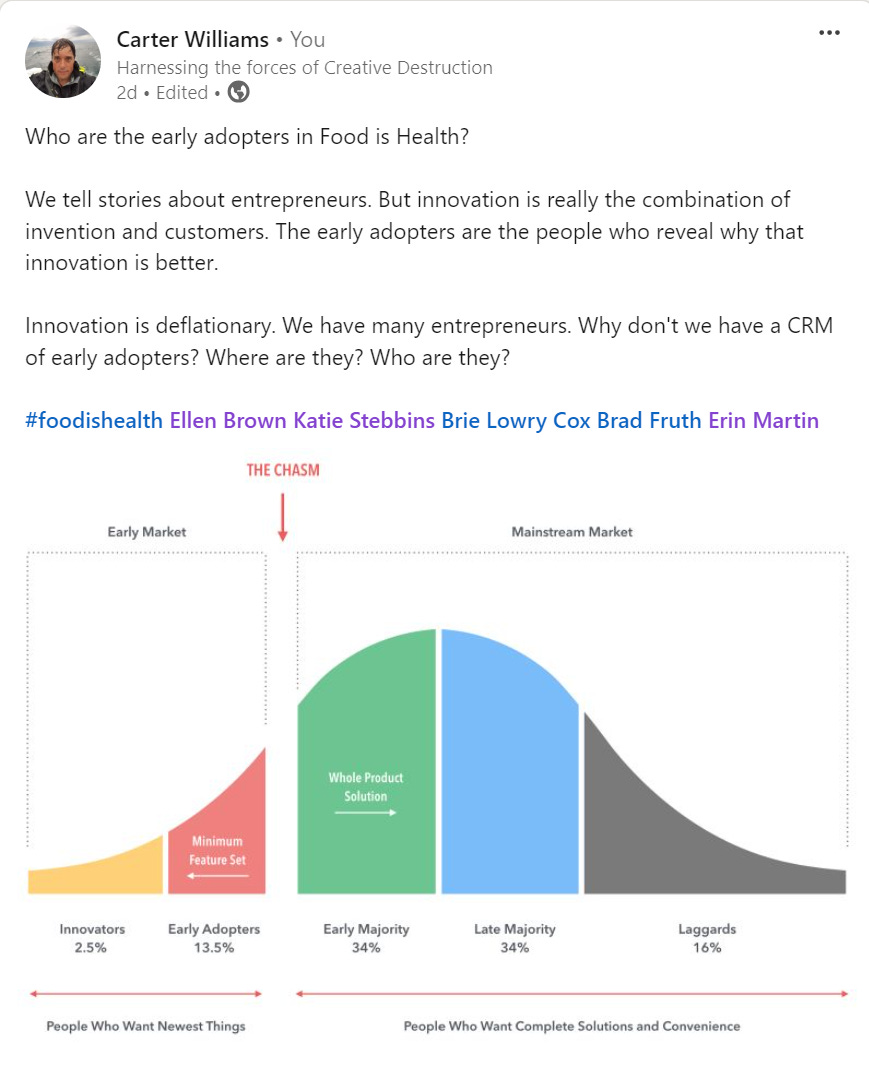
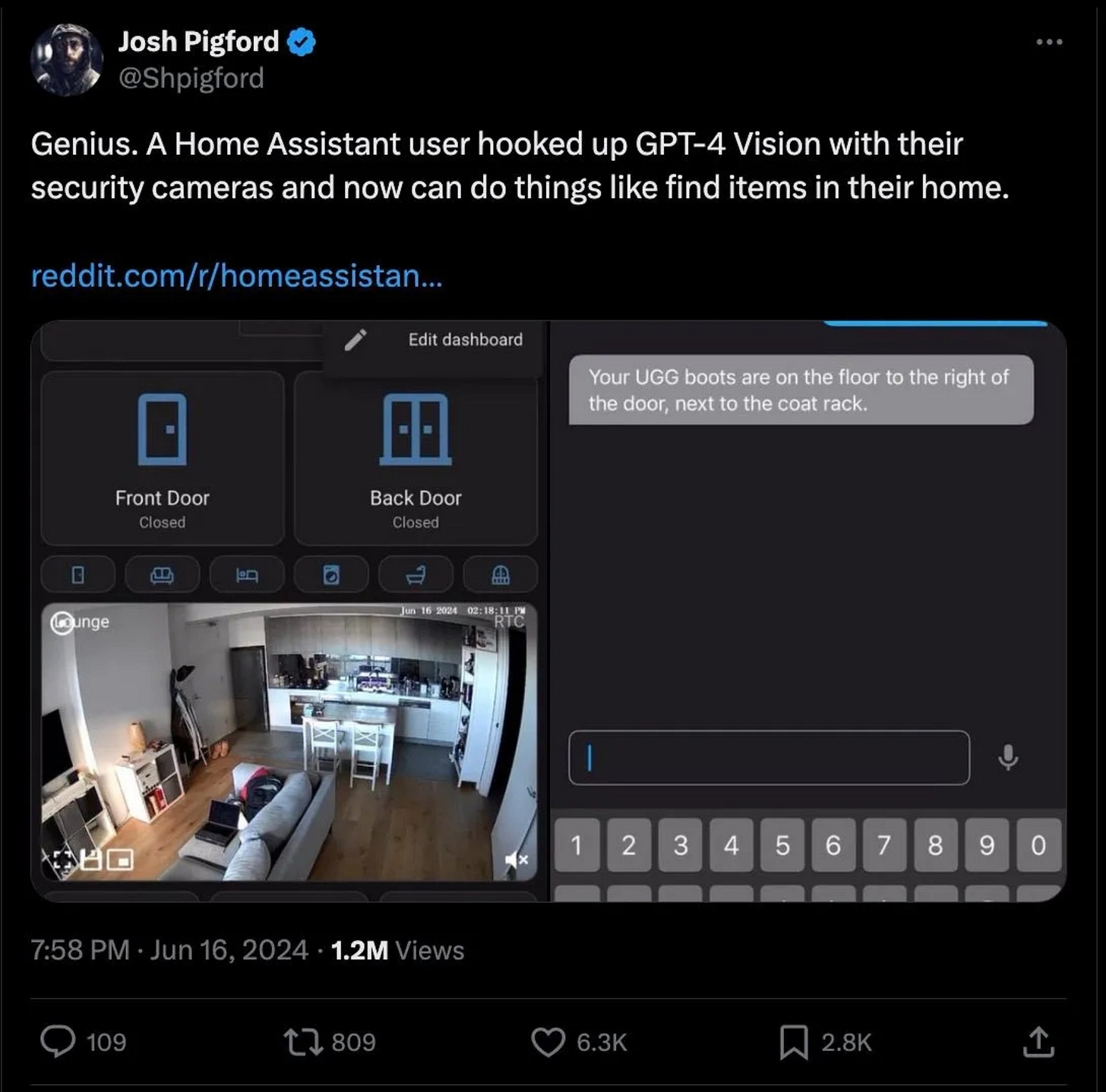
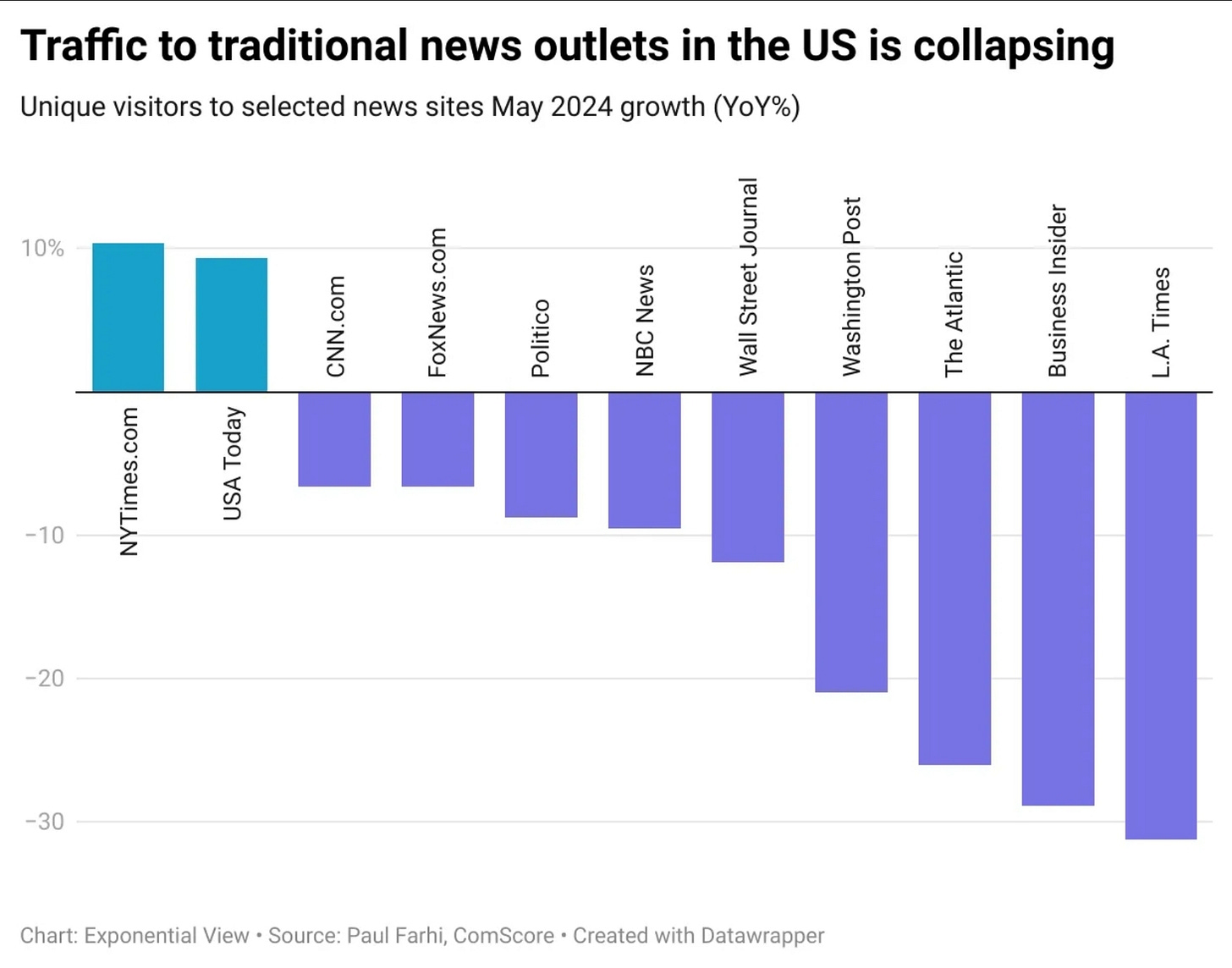
"Who is the Taylor Swift of nutrition" is a sentence I never thought I would read on your Substack.
the “architectural innovation” point is an important one, and often difficult to see or appreciate on the horizon